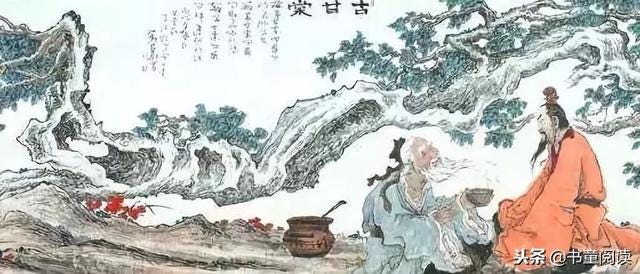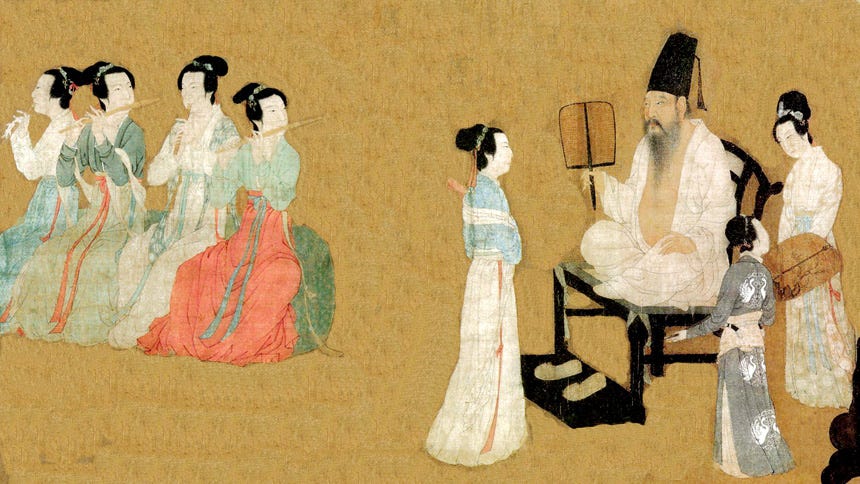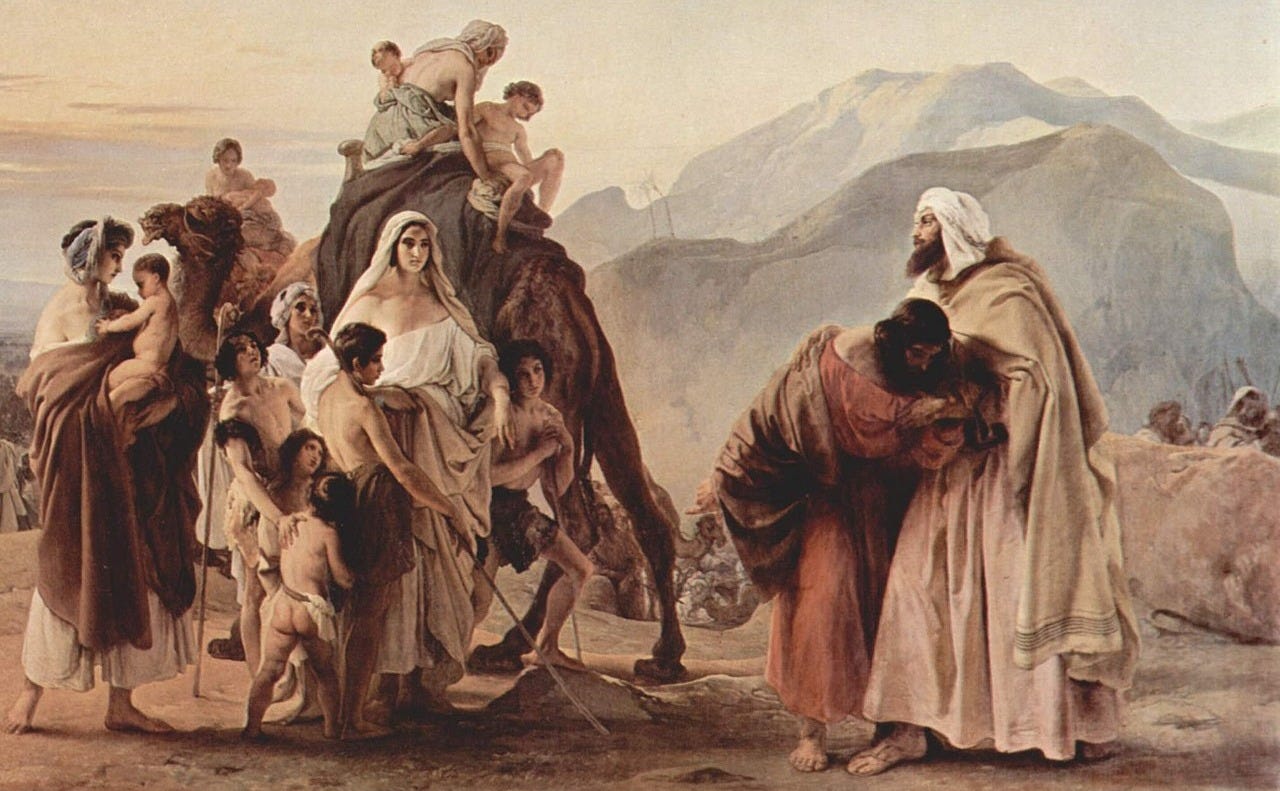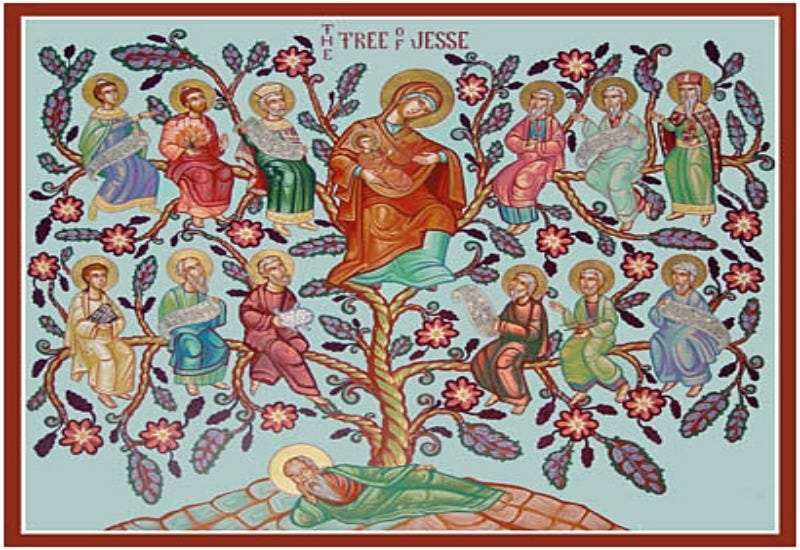Our yard is home to a plethora of plant life. Some of them were even planted deliberately, though all of them grow not by my efforts, but by God’s grace alone. They are His, not mine. Among them is a little Wiegand’s shadbush (Amelanchier interior) which really isn’t yet so much a bush as, well, kind of a stick in the ground. Even so, for the past three years it’s put forth leaves and grown—howbeit slowly, and hindered in its efforts by the over-successful and ever-opportunistic rabbits that also frequent our yard.
Each new year, each new season, new leaves grow on the same plant and unfurl towards the sun—their subcellular thylakoid stacks on the dorsal face linking phosphate groups while the sun shines, while the stroma on the ventral face strip carbon out of the air for glycolysis in the Calvin cycle. They provide the long carbon bonds that can be used in: widening the stem; extending the root system; extending the branches; putting forth buds that grow into new leaves; putting forth even in the early spring the delicate clusters of narrow five-petalled white flowers, stamens and pistils opening to the bees and butterflies who depend upon the nectar for sustenance; providing flesh to the pollinated seeds that then become a needed source of food for birds as well as a vehicle for its own propagation; and storing its own energy to last through the long Minnesota winter. And before that, when they are used up, they turn a rusty yellow, shrivel and fall to the earth, a litter that returns its cellular building-blocks to the decomposers, and ultimately to the soil. All this, so that the whole cycle might begin again in the spring.
Perhaps not this particular species of shadbush, which is highly local and endemic to the Upper Midwest, but its cousin the Amelanchier asiatica or tangdi 唐棣 (also called fuyi 枎栘 in the Erya, and either as ‘sparrow-plums’ or ‘aspen-plums’ in Legge’s translation) was well-known to the authors of the Chinese Classics, who revered it precisely for its munificence and bounty in providing for pollinators!
何彼襛矣、唐棣之華。
曷不肅雝、王姬之車。How great is that luxuriance,
Those flowers of the sparrow-plum!
Are they not expressive of reverence and harmony, -
The carriages of the king's daughter?(Odes 《詩經》, Odes of Shao and the South 召南, ‘Great Luxuriance’ 何彼禯矣 1)
And shadbushes were known specifically to Confucius, who quoted a line from a different poem not found in the Odes: 「唐棣之華,偏其反而。豈不爾思?室是遠而。」 ‘How the flowers of the aspen-plum flutter and turn! Do I not think of you? But your house is distant.’ He does this, however, to offer a teaching: 「未之思也,夫何遠之有?」 ‘It is the want of thought about it. How is it distant?’ (Analects 《論語》 9.31) The idea is that removal is not in fact so great an obstacle to a determined friendship as the poem suggests.
Given such an ancient attestation, one might well consider that the deciduous, cauline, alternate, lanceolate leaves of the shadbush are one possible (but certainly not the only possible) source of inspiration behind the pictographic character shi 世, which in its Shang Dynasty oracle-bone form shows precisely such a branch with precisely such an arrangement and character of leaves.
The character shi 世 is linked at the hip to ye 葉 (simplified 叶), referring precisely to the leaf of a plant. In Old Chinese, it was cognate with the Tibetan words lo ma ལོ་མ ‘leaf’ and lo ལོ ‘year’, though the phonological shifts intervening have been such that there is no present-day phonetic resemblance. Xu Shen, however, derives a different origin from this character. He classifies this character not as a pictograph (xiangxing 象形) but rather as an icon (zhishi 指事): a variant of the character sa 卅 ‘thirty’, which is the number of years in one generation (三十年為一丗).
In its modern form, shi 世 is used by itself as the marker for a regnal era. The British King Charles II would be called in Chinese Chali Er Shi 查理二世. It is also used in the common compounds shijie 世界 and shijian 世间 ‘world’ and shiji 世纪 ‘century’; as well as qushi 去世 ‘to leave the world’ (a euphemism for ‘to die’); guoshi 过世 ‘to pass away’ (a similar euphemism); shishang 世上 ‘on earth’; shiren 世人 ‘(all) the world’s people’; jiushizhu 救世主 ‘Saviour’; and shisu 世俗 ‘mundane, secular’.
The prototypical usages of this term in the Odes can be found in the following couplet:
文王孫子、本支百世。
凡周之士、不顯亦世。To the descendants of king Wen,
In the direct line and the collateral branches for a hundred generations.
All the officers of Zhou,
Shall [also] be illustrious from age to age.(Odes, Decade of Wen Wang 文王之什, ‘Wen Wang’ 文王 2)
This shows the functions of ‘generation’ and ‘age’ for the Chinese lexeme shi 世. It has a related adjectival function of ‘to inherit, hereditary, inherited’: 王配于京、世德作求。 ‘King [Wu] was their worthy successor in his capital, rousing himself to seek for the hereditary virtue.’ (Odes, Decade of Wen Wang, ‘Successors Tread’ 下武 2) From here, it is a logical step to the usage of shi 世 in the compounds shizi 世子 ‘son-and-heir’ and shifu 世婦 ‘propertied lady, lady of honour, secondary wife’ in the Rites: 晉獻公將殺其世子申生 ‘Duke Xian of Jin intended to put to death his son and heir Shensheng.’ (Rites 《禮記》 3.15) And: 公侯有夫人,有世婦,有妻,有妾。 ‘A duke and (one of) the feudal princes had their helpmate, and their honourable women, (which) were their mates and concubines.’ (Rites 2.110)
The use of a tree as a ready linguistic analogy to the generations or succession of a human lineage is common across languages. Think of the English term ‘family tree’, for example, or the use of the gēza‘ Yišāy גּזע ישׁי ‘stem of Jesse’ in the Book of Isaiah to describe the royal line of the Israelite Kingdom. In Chinese, the successions of foliage from year to year, which can be clearly seen in nature on all deciduous trees, stand in as the ready analogy for the successions of human generation.
However, in the Semitic languages, the triliteral root w-l-d و ل د (or y-l-d י-ל-ד) is much more closely associated with animal growth and procreation than with vegetative, which may hold a key to some of the differences between the Semitic and Sinitic understanding of procreation. We see, for example, in the Assyrian creation-myth Enūma Eliš, in reference to their chief god Aššur: Ut-tu-lat si-ta-šu mu-šir ul-tu ul-la ‘Virile became his growth, he was given to procreation from the beginning’ (EE 1.88). Particular attention is paid to his animal features: his eyes, his ears, his limbs, his fiery breath. And the symbols associated with Aššur, not only in the text but in accompanying artwork motifs, are the bull and the wild goat: both masculine animals. The use of ul-la, ul-lat or wa-la-du in royal inscriptions and monuments from Assyrian antiquity also showcases the importance of tracing paternal heredity and lineage. The term for a generation or a line of hereditary descent, tôlādâ תולדה in Hebrew and tawallud تولد in Arabic, is drawn precisely from this verb, ‘to sire, to beget, to give birth’, and it is primarily used in contexts referring to animal procreation.
The Tanakh’s use of tôlǝdôt תולדות, however, is already a radicalisation of its use from the Enūma Eliš. Although the generations are still numbered by their male progenitors, the ‘begetting’ or the ‘generation’ or the ‘heritage’ is counted not from the male living creatures (nefeš ḥāyyâ נפש חיה) as Aššur, but instead with tôlǝdôt haššǝmayim wǝha’āreṣ תולדות השמים והארץ ‘the begetting of the heavens and the earth’ (Gen 2:4). The ’Elōhîm of Genesis 1 and 2 is thus positioned as greater than Aššur (who is himself begotten!), but also and more importantly, the living creatures are humbled before the firstborn of the created order… and in turn the human beings (who are begotten last!) are humbled before the other living creatures. Remember, it doesn’t matter if you are reading West Asian or East Asian wisdom literature. Man cannot precede the doves.
The other way in which the Tanakh radicalises the tôlǝdôt תולדות is in accounting for and canonising the ‘generations’ of the rivals and enemies of its own ‘protagonists’. (Of course, the only real protagonist of the Tanakh nowhere shows His face!) As Fr Paul Tarazi notes in the excellent book Land and Covenant, the literary preservation of the generations of Ishmael (Gen 25:12-18) and of the generations of Esau (literally all of Gen 36) is in fact a device which demonstrates the all-encompassing care and compassion of the Tanakh’s ’Elōhîm. It is not only the ‘chosen people’ who are provided for in the land (and, more importantly, in the book where that land is a literary setting!), but also the neighbours and even the rivals and enemies of the ‘chosen people’, for whose sake the Law was given.
The differences between yālad ילד and shi 世 in their biological referents—one animal, the other plant; one gendered, the other not—speak to subtly different approaches to secular time. The Sinitic approach to ‘generation’ is anchored to a sedentary economy focussed on agriculture and the cycles of the seasons. By contrast, the Semitic approach is anchored to the kinetic activity of animal husbandry and thus to a material culture rooted in semi-nomadic pastoralism.
Yet the wisdom-literary texts in each case subtly subvert and radicalise their respective cultural frameworks and expectations. In the case of the Chinese Classics, the ‘natural’ succession of dynastic heirs is either deliberately interrupted (the praiseworthy non-hereditary abdication made by Shun 舜 to Yu the Great 大禹, for example, in the Documents), or else it is interrupted by Heaven’s terrors when the ‘generation’ of one line of kings becomes decadent, corrupt and oppressive. And in the Tanakh, it is no human hero nor a god with biological attributes that ‘begets’, but rather the unseen God that acts as the progenitor of all things, and Who preserves even the rivals and enemies of His chosen people in the land of inheritance. Each virtue-literary tradition, whether the moralised naturalism of the Five Classics or the universalised tribal memory of the Tanakh, points to a transcendental justice which irrupts human history and disrupts human self-narration.










